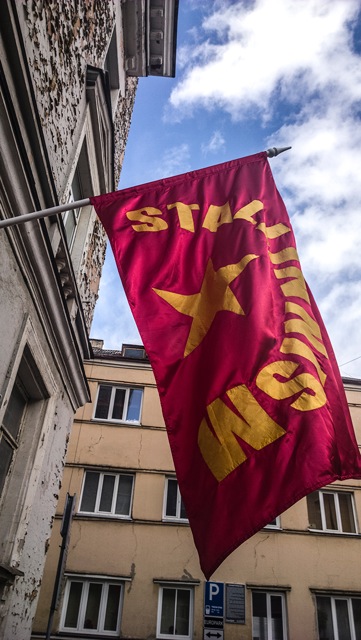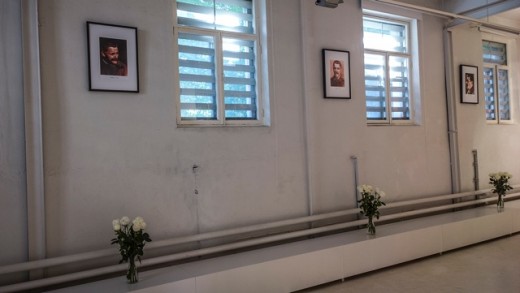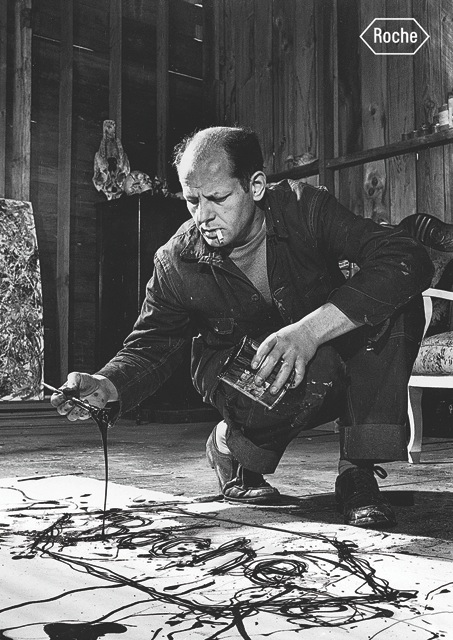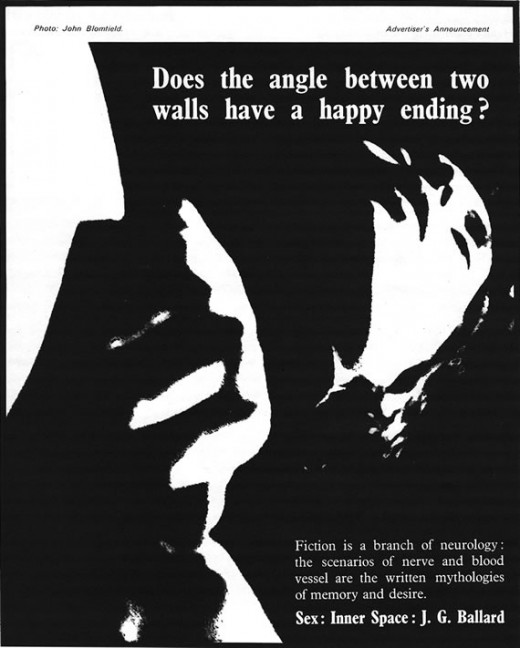Dan Mitchell, Stallinnism
Hunter Braithwaite

May 30th – July 1st
Welcome to the jet lag edition of 52 Reviews. This column comes from Tallinn, Estonia, where I spent the past week. -Hunter
The only commercial contemporary art gallery in Tallinn is located in the boiler room of a large Stalinist-era apartment building a ten minute walk from the Medieval city center. It’s not one of those brutalist apartment blocks that one finds wherever the sun is apt to be covered by clouds. Rather, it is an ornate cake of a building: stately in every way except for the peeling paint, topped by a Soviet star. Walk into the courtyard and enter under the wind-lapped red flag that reads Stallinnism. The doubling of interior consonants in both the flag and the exhibition title puns on the location of the gallery, emerging from twentieth-century ideology.




One of Ballard’s advertisements










